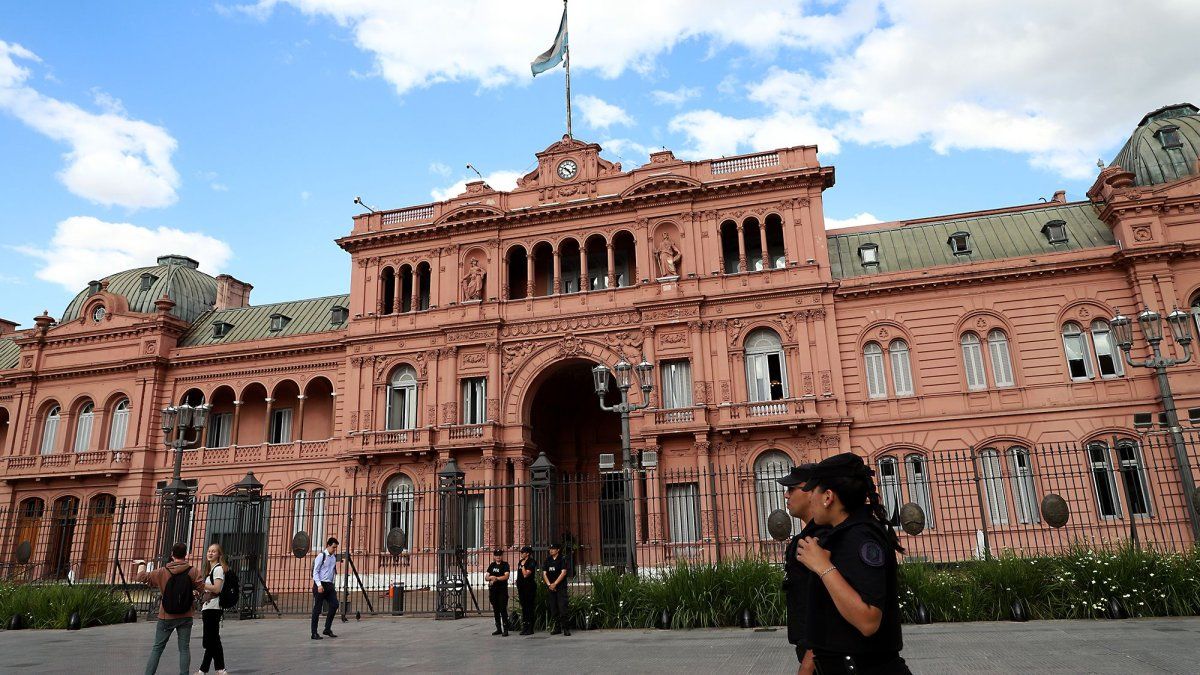In recent weeks, Javier Milei’s administration has made a series of economic and political advances that mark a positive change in the Argentine landscape. Recent headlines celebrate what some are already calling “the government’s finest hour.” However, along with these encouraging signs, structural and cyclical challenges persist that require immediate attention to ensure that the achievements achieved do not become isolated episodes, but rather milestones of a sustained recovery.
A respite in the real economy
One of the most notable data for October was inflation, which fell to 2.7%, breaking the psychological floor of 3% and moving away from the 4-5% range that was maintained for several months in the second quarter. This achievement not only improves inflation expectations, but also reduces pressure on real incomes, strengthening purchasing power and private consumption, two fundamental pillars to consolidate economic recovery.
In addition, other indicators of economic activity show an encouraging outlook. Construction grew 2.4% in September compared to the previous month, while industry recorded an increase of 2.6% in the same period. Both sectors are essential for employment and long-term growth, as they generate multiplier effects on the rest of the economy. For its part, the utilization of installed capacity reached 62.4%, a sign that the productive apparatus is in the process of reactivation.
These data from the real economy point to a respite after years of stagnation. However, the central question is whether this momentum can be maintained in a context where structural fragilities persist, such as dependence on external dollars and tensions in the labor market.
Political and financial progress
In the political sphere, the meeting between Javier Milei and the president-elect of the United States, Donald Trump, marked a milestone in Argentina’s international relations. Both leaders praised each other, and the gesture was interpreted as a sign of support for the Argentine government as it seeks to strengthen its position on the global stage.
On the financial front, progress is equally notable. The country risk, which had reached alarming levels, fell below 800 points, a reflection of the improvement in the expectations of international markets regarding the ability to pay Argentine debt. At the same time, the exchange gap was reduced to historical lows, while the Central Bank continues to accumulate reserves.
These financial improvements not only provide stability in the short term, but also strengthen the government’s ability to manage immediate challenges. However, it is important to emphasize that these victories do not fundamentally resolve the structural problems that affect the Argentine economy.
The exchange rate delay: a time bomb
One of the most critical points of the current situation is the exchange rate. After the December devaluation, which took the official dollar to 800 pesos, this measure was expected to create a sufficient cushion to stabilize the exchange market. However, inflation accumulated in the following months quickly eroded that margin, leaving the government again with a lagging exchange rate.
The crawling peg strategy, with monthly adjustments of 2%, has been insufficient to avoid a real appreciation of the peso. This exchange rate delay generates multiple problems: it reduces the competitiveness of exports, discourages foreign investment and increases pressure on the Central Bank’s reserves.
Maintaining the exchange rate at artificially low levels has significant costs. On the one hand, it requires intensive use of reserves to sustain the price of the dollar. On the other hand, it increases distortions in the market, since the exchange rate does not reflect either the internal supply and demand forces or the international conditions of the dollar.
Outlook to 2025: opportunities and critical decisions
The coming year offers some glimmers of hope. A significant income of dollars is projected from foreign trade, especially from the energy sector, which could even exceed the historical contributions of agriculture. This flow of foreign currency represents a unique opportunity to alleviate external tensions and finance economic recovery.
However, a key dilemma arises: is it prudent to allocate these dollars to support a backward exchange rate, or would it be more sensible to use them to encourage productive investment and reduce dependence on external financing?
The current exchange regulation scheme, known colloquially as “traps”, together with direct and indirect interventions on financial markets, distorts relative prices and generates inefficiencies that limit the growth potential of the economy. Freeing the exchange rate, although politically risky, could be a necessary measure to restore competitiveness and attract capital.
Stability: a window of opportunity
Unlike previous moments of crisis, the Government of Javier Milei faces these challenges in a context of relative financial and political stability. This provides an opportunity to implement structural reforms that would be unviable under conditions of extreme volatility. Current stability should not be seen as an end in itself, but as a platform to build a more solid and resilient economy.
Conclusion: between progress and caution
The recent advances of Javier Milei’s government are undeniable and deserve recognition. From declining inflation to improving financial indicators and a rebound in economic activity, Argentina appears to be on a path to recovery.
However, the remaining challenges are equally significant. Resolving the exchange rate delay, reducing poverty and guaranteeing a more equitable distribution of the benefits of growth are tasks that do not allow delay.
The Government has in its hands a unique opportunity to consolidate these advances and lay the foundations for sustained growth. But to achieve this, it will need to balance short-term demands with the country’s structural needs, adopting policies that are both bold and responsible.
Source: Ambito
I am a 24-year-old writer and journalist who has been working in the news industry for the past two years. I write primarily about market news, so if you’re looking for insights into what’s going on in the stock market or economic indicators, you’ve come to the right place. I also dabble in writing articles on lifestyle trends and pop culture news.




